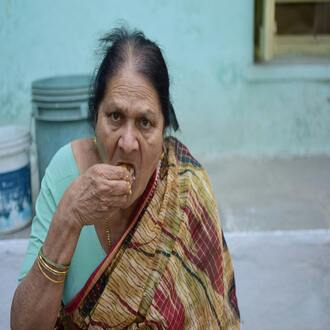Transcription Physical contamination by food
Physical contamination of food is a significant problem that can affect food safety and human health. In this session, we will explore in detail what physical contamination is, its causes, common examples, how to prevent it and its impact on food safety.
Causes of Physical Food Contamination
Handling Errors: Improper handling of food during preparation and storage can introduce physical contaminants.
Packaging Defects: Defective packaging can allow foreign bodies, such as glass or metal fragments, to come into contact with food.
Cross Contamination: Cross contamination with contaminated utensils or surfaces can introduce foreign particles into food.
Contamination in the Production Process: In the food production chain, faulty machinery or lack of quality controls can cause physical contamination.
Common Examples of Physical Contamination
Glass or Ceramic Shards: Broken glass or ceramic shards can enter food if not handled carefully.
Metal Parts: Metal fragments from defective utensils, machinery or packaging are a potential hazard.
Bones and Bones: In foods such as fish or meat, bones and bones can be a form of physical contamination if not properly removed.
Plastic: Pieces of plastic from disposable containers or utensils can contaminate food.
Preventing Physical Contamination of Foods
Personal Hygiene: Food handlers should practice good personal hygiene to prevent contamination.
Packaging Control: Manufacturers should ensure that packaging is safe and resistant.
Separation of Raw and Cooked Foods: Avoiding cross-contamination is critical, especially between raw and cooked foods.
pollution physical




